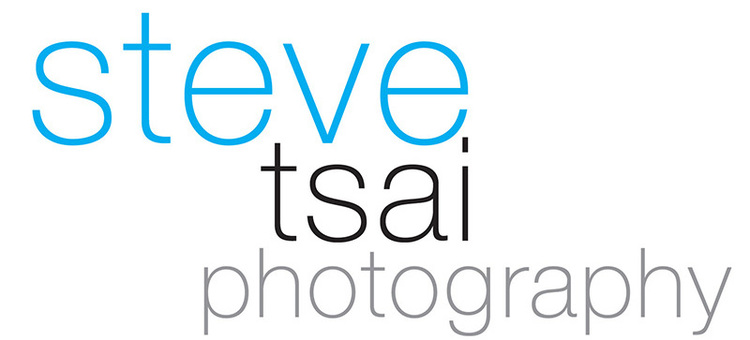Rangefinder Diary | Bestowing new power for older camera sensors?
Whether cryonics will work on humans is yet to be seen, but for Digital Negatives, it has merits. Keep your RAW files until newer technology can unpack and extract more, we are seeing the advantages these days with AI imaging help.
Traditional noise reduction software is bound by the limits of maneuverability with pixels and noise artifacts. New AI noise reduction is based on deep learning where AI can accurately distinguish between image details and noise, granting it abilities to recover details and produce images with less noise intelligently.
I was recently blown away by Adobe Lightroom’s Denoise “magic”, it is quite impressive indeed. You can see an extremely manipulated image with severe under-exposure brings up all kinds of flaws. In this case, the M8’s antiquated CCD from the 2006 era has more limits compared with the latest CMOS sensors. Review the image comparisons in the post, it took care of a lot of things, although it can’t decipher whether the severe banding is content or blemishes. In the big picture, the image is “revived” and went from unusable to passable!
Well, we live in exciting times. We can't beat making proper images technically, but this Denoise AI tech can help improve image quality and save otherwise unideal images at times.
The higher noise tolerance has implications for all digital cameras. Most photographers have a mental cap on the highest ISO they would use for each camera. I think this AI Denoise feature can be up to a couple of notches. In the case of the M8, I was treating it as a film camera with ISO 640 Kodak film. I think I would feel less reluctant to use ISO1250 if pushed.








